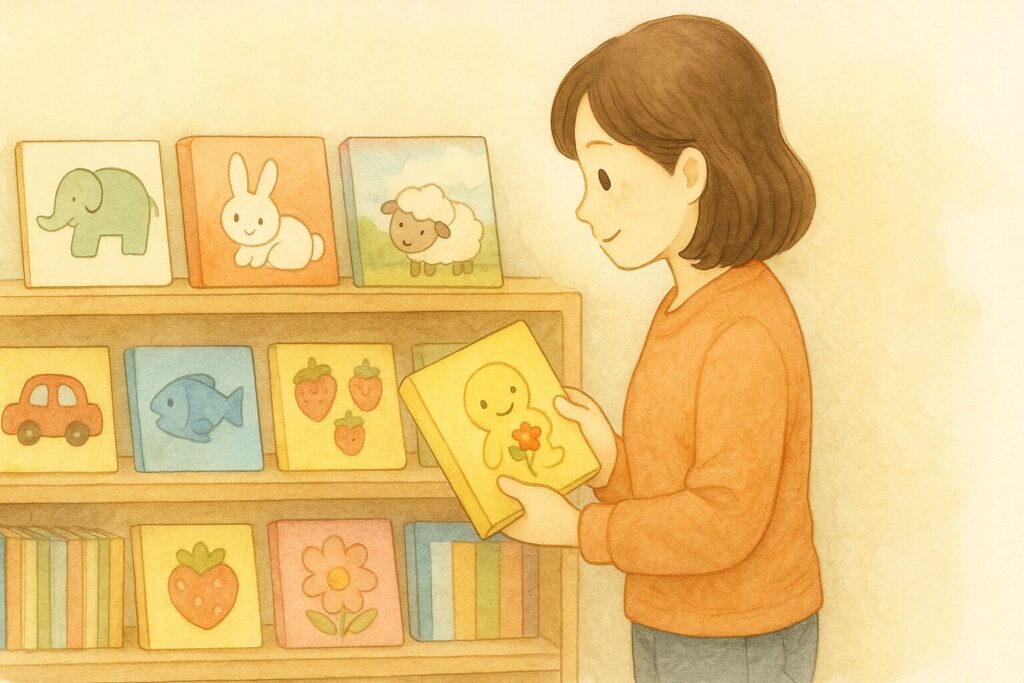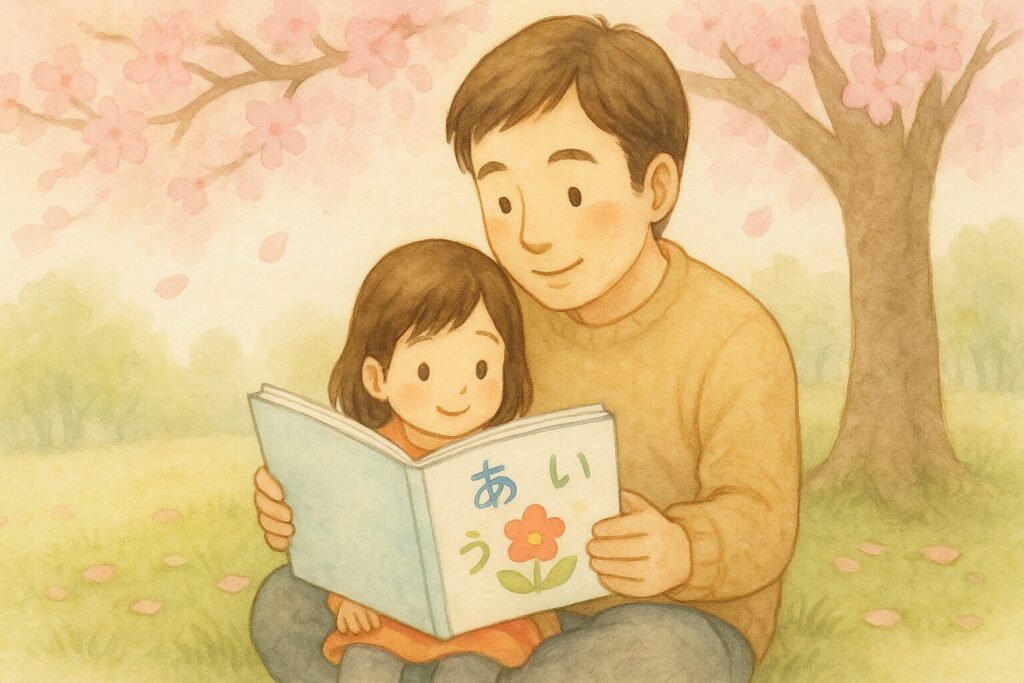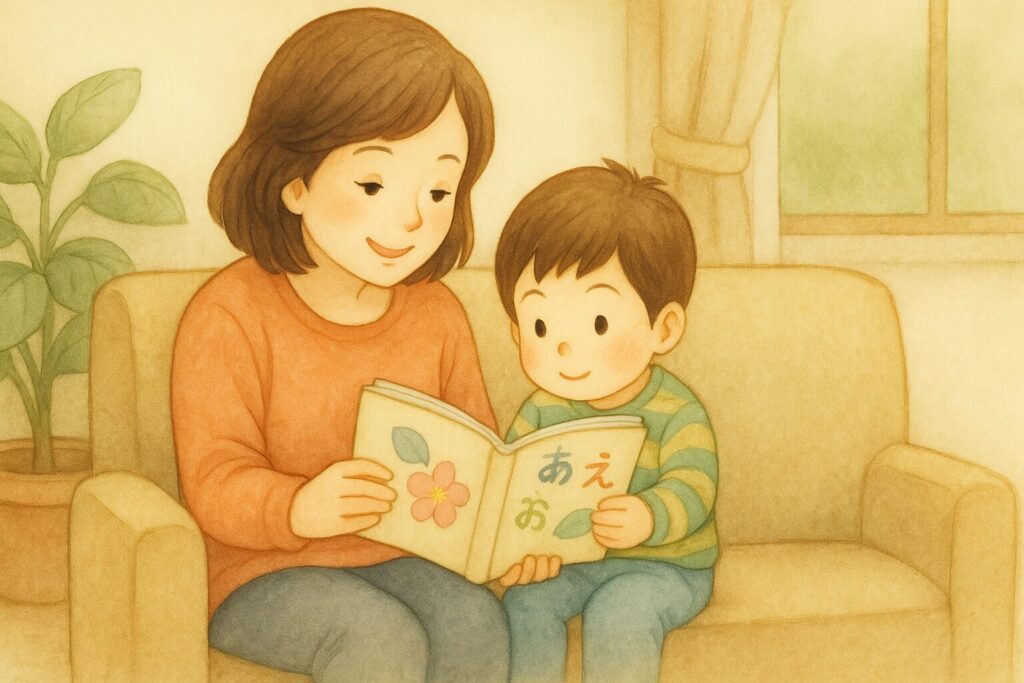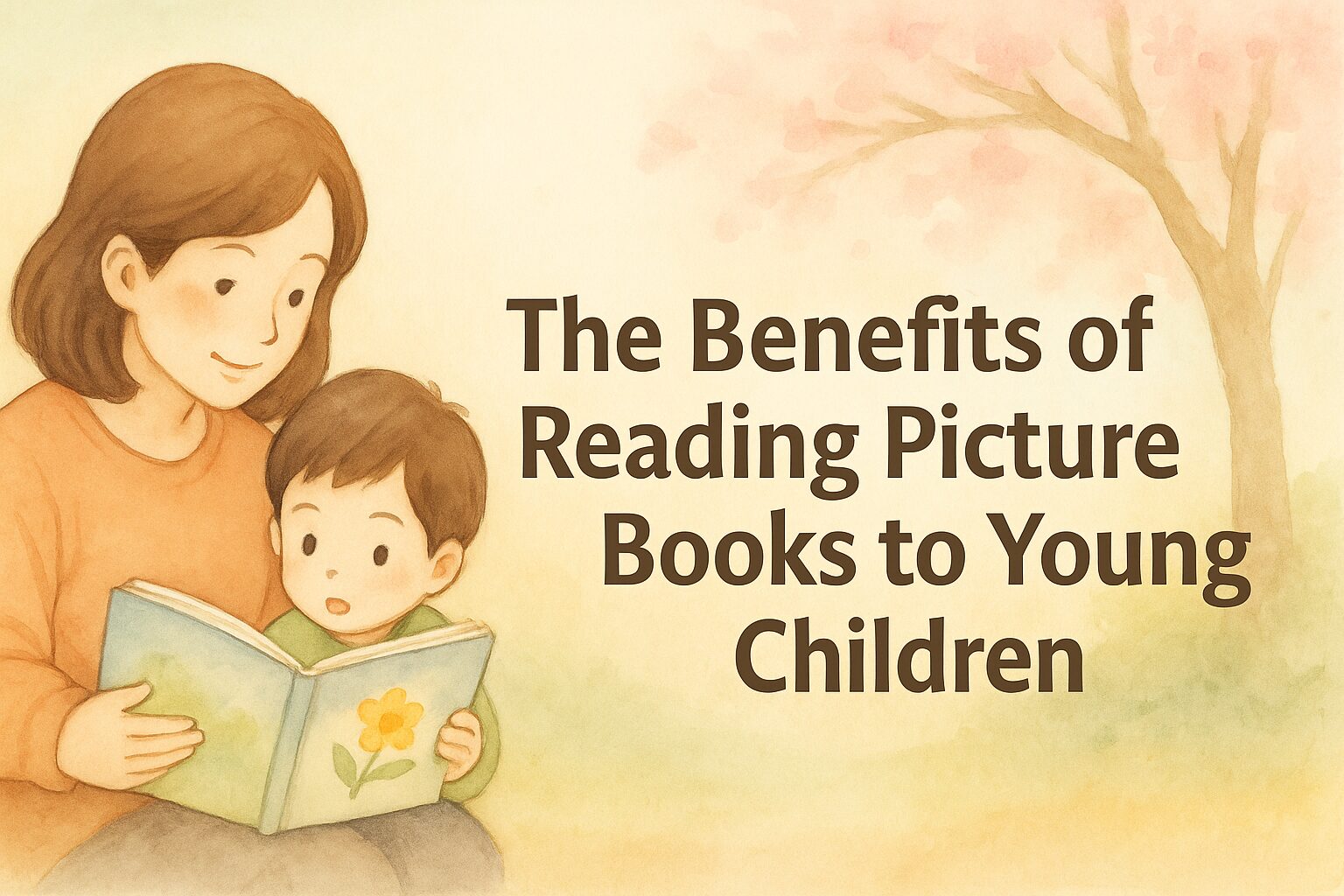Gentle, engaging, and culturally enriching—discover why reading aloud picture books can nurture your child’s growth and imagination.
Introduction
Reading aloud to young children lays the foundation for their language development, fosters emotional bonds, and sparks a lifelong love of books. In today’s fast-paced world, carving out time for storytime can feel challenging—but the rewards are immeasurable. This post is tailored for an American audience eager to enrich preschoolers’ lives, blending practical tips with insights into how picture books can truly shine.

1. The Importance of Reading Aloud
- Vocabulary Expansion: Hearing new words in context helps children absorb rich language patterns.
- Listening Skills: As children listen, they learn to focus, predict story outcomes, and build comprehension.
- Emotional Connection: Shared reading creates a cozy, secure environment, strengthening parent–child bonds.
“Reading aloud daily sets the stage for academic success and boosts a child’s self-confidence.”
2. Why Picture Books Shine for Toddlers
2.1 Exquisite Illustrations
Picture books often feature soft watercolor art, delicate line work, and thoughtful layouts that invite children to linger on each page. These visuals:
- Encourage visual literacy and careful observation.
- Convey emotions subtly, helping children learn to interpret facial expressions and colors.
2.2 Simple Yet Deep Narratives
Many tales focus on everyday moments—sharing meals, observing nature, or ordinary family rituals—rendering them relatable and timeless. This simplicity:
- Allows children to connect personally with characters.
- Offers opportunities for parents and kids to discuss feelings and moral lessons.
2.3 Cultural Insights
Japanese picture books often weave in gentle elements of everyday Japanese culture, from cherry blossoms drifting in the breeze to scenes of families enjoying traditional festivals. These cultural touches:
- Broaden Worldviews
Children learn that the world is filled with diverse customs, foods, and celebrations, fostering cross-cultural awareness. - Spark Curiosity
A glimpse of hanami (flower-viewing) or a festive matsuri (festival) can inspire questions like “Why do people wear yukata?” or “What foods do families eat at festivals?” - Encourage Respect
By presenting cultural details with kindness and respect, books teach young readers to appreciate differences and approach other traditions with openness.
3. Language Comprehension Through Stories
Reading picture books isn’t just about looking at pretty pictures—it’s a powerful way to build comprehension and early literacy skills.
3.1 Contextual Learning
Many picture books pair each illustration with clear, simple text. This layout helps children:
- Associate Words with Images
Seeing the word “さくら” alongside a cherry-blossom illustration reinforces word–image links. - Internalize Sentence Structures
Children absorb natural phrasing and grammar simply by listening and following along.
3.2 Bilingual Benefits
Choosing editions that include both English and Japanese text offers a host of advantages:
- Reinforced Vocabulary
When a child hears “flower” and “はな” on the same page, both terms become anchored in memory. - Pattern Recognition
Spotting similarities in sentence order or repeated grammatical markers strengthens understanding of both languages. - Family Engagement
Even non-Japanese-speaking parents can participate by reading the English lines, making storytime truly inclusive.

4. Fostering Growth and Curiosity
Beyond language, picture books nurture a child’s whole development.
4.1 Encouraging Exploration
Look for books with small surprises—hidden critters, background details, or playful props. These “Easter eggs”:
- Prolong engagement as kids hunt and point them out.
- Build attention span and observational skills.
4.2 Nurturing Empathy
Gentle stories about sharing, caring for animals, or helping family members allow children to:
- Step into others’ shoes and understand different perspectives.
- Practice emotional intelligence by naming feelings like joy, surprise, or concern.
5. Choosing the Right Book
Selecting titles that truly resonate with your toddler makes storytime magical. Consider:
- Age-Appropriate Vocabulary
Look for simple sentences, clear phrasing, and bold labels on key objects. Short, direct text allows young listeners to follow along without getting overwhelmed. - Engaging Themes
Choose stories about everyday routines (bedtime, mealtime), animal adventures, or nature exploration—topics toddlers can relate to and will ask to hear again. - Interactive Elements
Lift-the-flap pages, touch-and-feel textures, or pop-up surprises keep little hands busy and encourage exploration, turning passive listening into an active, playful experience. - Diversity of Content
Rotate between familiar scenes and new cultural or imaginative worlds—this balance builds both security and curiosity.

6. Making the Most of Storytime
A few simple practices can transform reading into a cherished ritual:
- Create a Cozy Environment
Dim the lights, use soft pillows, and cuddle close. Turning storytime into a sensory experience makes it feel special. - Vary Your Voice
Use animation in tone: whisper for suspense, raise your voice for excitement, and pause for dramatic effect. This keeps toddlers engaged and helps them learn intonation. - Ask Open-Ended Questions
Invite participation:- “What color is the flower?”
- “How do you think the bunny feels?”
These prompts develop critical thinking and language skills.
- Point and Label
Gently point to illustrations and say the corresponding word—“tree,” “flower,” “kitten.” This reinforces word–image associations. - Make Connections
Relate story events to real-life: “Remember the cherry blossoms at the park? That’s what these look like!” Making personal links deepens comprehension.
Conclusion
Incorporating picture books into your daily routine offers far more than a few quiet minutes—it:
- Builds a rich vocabulary and strong listening skills.
- Fosters empathy by inviting children into characters’ worlds.
- Encourages curiosity and cultural awareness beyond the familiar.
- Strengthens the parent–child bond, creating memories that last a lifetime.
By choosing the right books, setting the stage for enchanting storytime, and engaging actively with each page, you’re planting seeds for a lifelong love of learning and reading. Happy storytelling!



comment Please enter a comment.